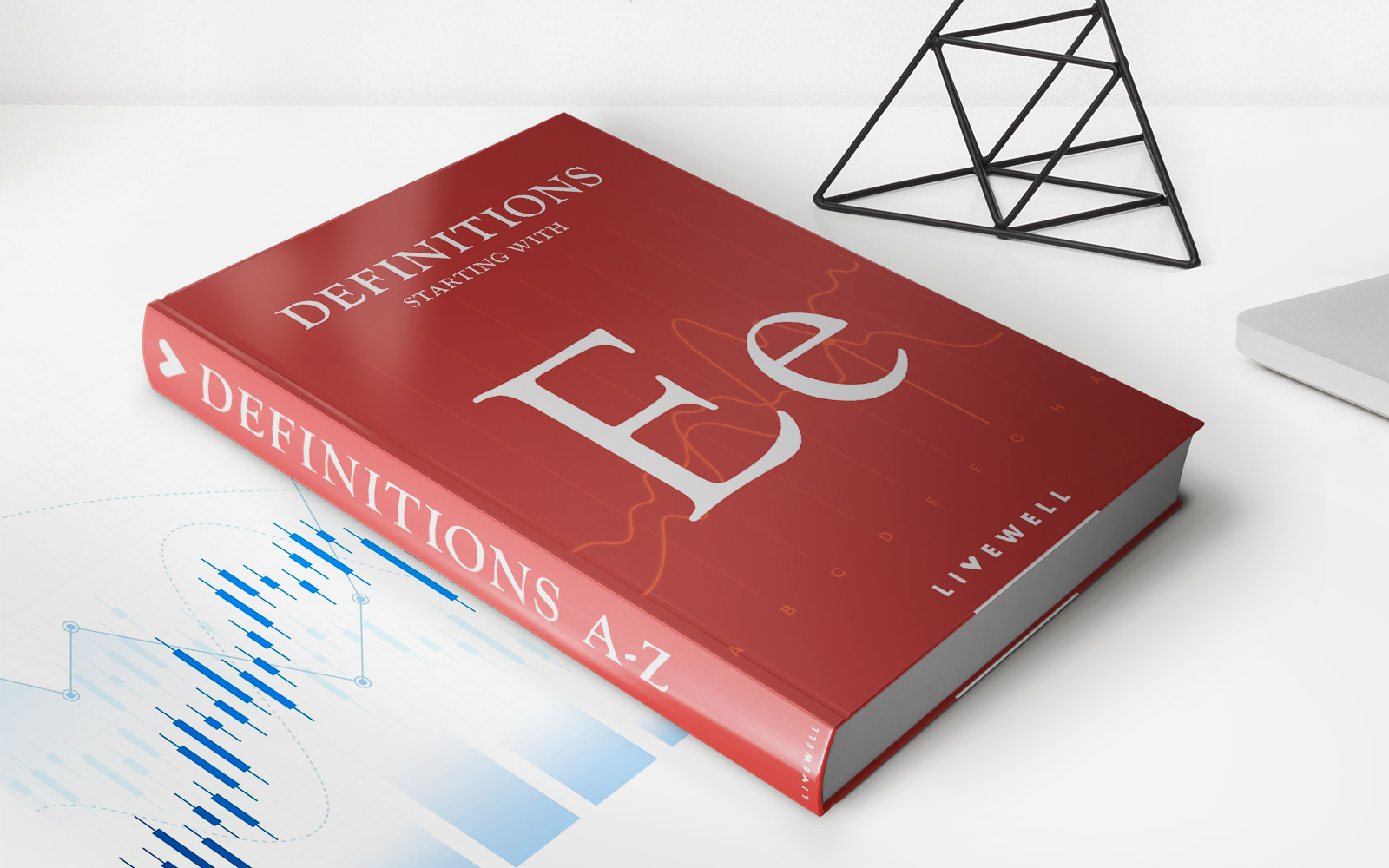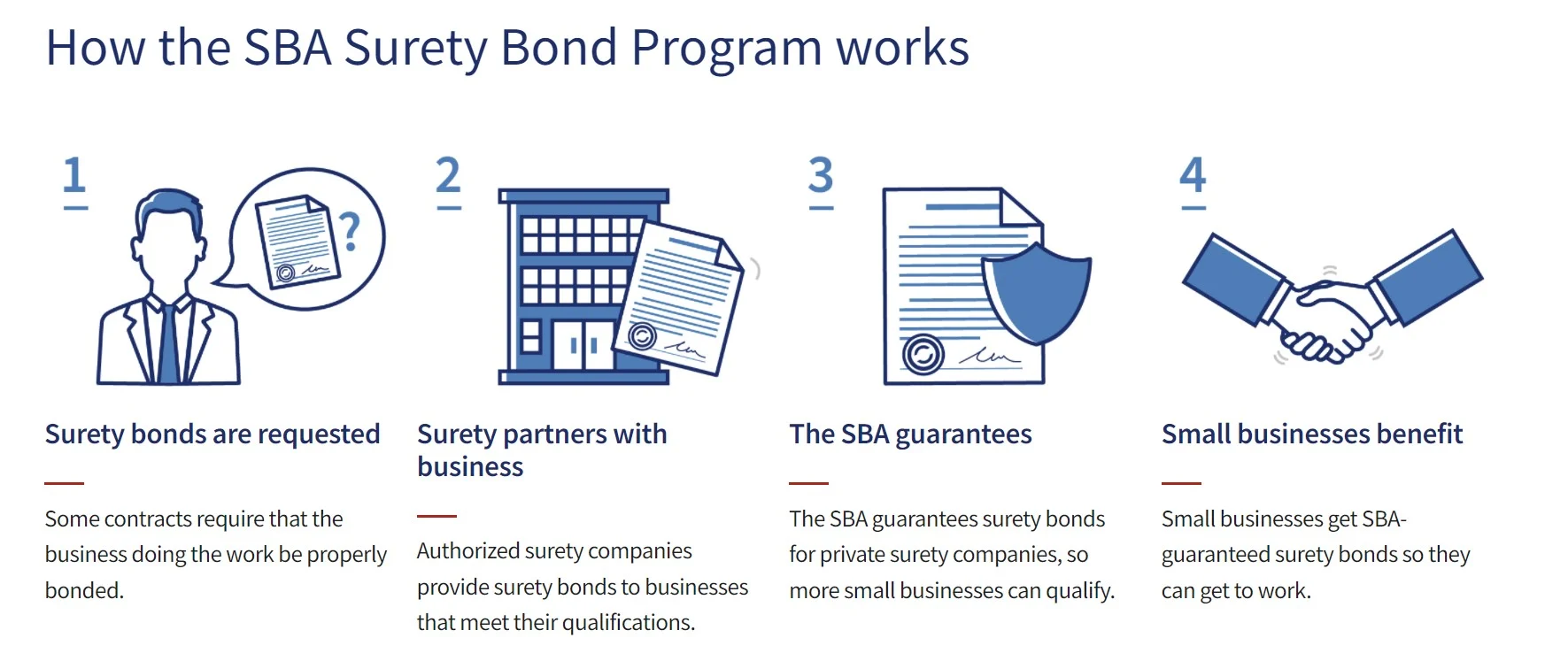Home>Finance>Cost Of Equity Definition, Formula, And Example


Finance
Cost Of Equity Definition, Formula, And Example
Published: November 3, 2023
Learn the definition, formula, and example of the cost of equity in finance. Understand how to calculate this important measure for your investments.
(Many of the links in this article redirect to a specific reviewed product. Your purchase of these products through affiliate links helps to generate commission for LiveWell, at no extra cost. Learn more)
Understanding the Cost of Equity: Definition, Formula, and Example
When it comes to evaluating the financial health and attractiveness of a company, the Cost of Equity is a key metric that investors and financial analysts consider. But what exactly is the Cost of Equity and how is it calculated? In this article, we will delve into the definition of the Cost of Equity, explore the formula used to calculate it, and provide a real-life example to aid in understanding.
Key Takeaways:
- The Cost of Equity is the return required by investors for owning a company’s stock, compensating them for the risk associated with their investment.
- The formula to calculate the Cost of Equity is: Cost of Equity = Dividend / Current Stock Price + Growth Rate
Definition
The Cost of Equity represents the rate of return that a company’s shareholders expect to earn on their investment. It is the minimum return required by investors to compensate them for the risk they undertake when purchasing the company’s stock. When a company seeks to raise capital by issuing new shares or attract investors in the open market, the Cost of Equity provides an important benchmark for determining whether the investment is viable.
To put it simply, the Cost of Equity reflects the expected return for shareholders and effectively acts as a measure of the company’s cost of financing through equity.
Formula
The formula for calculating the Cost of Equity is relatively straightforward. It takes into account two main components: the dividends paid to shareholders and the growth rate of the company’s earnings. The formula is as follows:
Cost of Equity = Dividend / Current Stock Price + Growth Rate
The dividend used in the formula refers to the dividends paid to shareholders during a specific period, often on an annual basis. The current stock price is the price of one share at the time of calculation, which can be easily obtained from financial markets. The growth rate of a company’s earnings is an estimate of how much the company is expected to grow in the future.
By plugging in the appropriate values into the formula, investors and financial analysts can determine the cost of equity for a particular company.
Example
To better understand how the Cost of Equity is calculated, let’s consider a hypothetical example. Company XYZ pays an annual dividend of $2 per share. The current stock price is $40, and the company is expected to grow at a rate of 5% per year.
Using the formula, we can calculate the Cost of Equity as follows:
- Cost of Equity = $2 / $40 + 0.05 = 0.05 + 0.05 = 0.10 or 10%
In this example, the Cost of Equity for Company XYZ is 10%. This means that shareholders expect to earn a minimum return of 10% on their investment in the company’s stock. If the company fails to meet this expectation, shareholders may perceive the investment as too risky or less attractive compared to other investment opportunities with higher expected returns.
Understanding the Cost of Equity is crucial for both investors and company management alike. It provides valuable insights into the expectations and demands of shareholders, helping to inform financial decision-making and guide the company’s strategic direction.
Remember, the Cost of Equity is just one of many factors that investors consider when evaluating the attractiveness of a company’s stock. It is important to take a comprehensive approach and consider other financial metrics and market conditions to make informed investment decisions.














